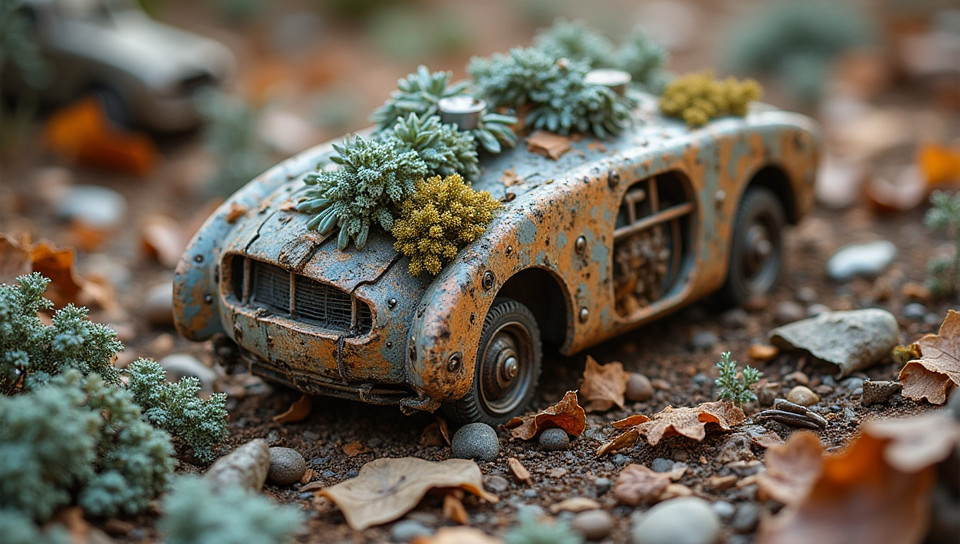Transforming waste materials is a key part of upcycling 80%

Transforming Waste Materials: The Heart of Upcycling
As we navigate the complexities of sustainable living, one concept has emerged as a beacon of hope: upcycling. At its core, upcycling is the art of transforming discarded materials into something of greater value and utility. This approach not only reduces waste but also fosters creativity, encourages innovation, and promotes a more circular economy.
What Drives the Need for Upcycling?
The statistics are staggering: the world generates over 2 billion tons of municipal solid waste annually, with this number expected to increase by 70% come 2050. The environmental, social, and economic implications of unchecked waste management are dire. By embracing upcycling, we can not only mitigate these issues but also create a more sustainable future.
From Waste to Resource
Upcycling is about seeing potential in what others might discard. It involves identifying the inherent value within discarded materials and creatively reimagining them as something new and valuable. This approach encourages us to think outside the box, to see beyond the immediate purpose of an item, and to envision a future where waste becomes a resource.
Creative Possibilities
- Repurposing old pallets into functional furniture
- Transforming plastic bottles into beautiful garden planters
- Upcycling vintage clothing into unique fashion pieces
- Converting discarded fabric into reusable bags or cleaning rags
- Crafting musical instruments from salvaged materials
The Benefits of Upcycling
Beyond the environmental benefits, upcycling also offers a range of social and economic advantages. It promotes community engagement, encourages entrepreneurship, and fosters a culture of sharing and collaboration.
Conclusion
Transforming waste into valuable resources is not just an act of sustainability; it's a testament to human ingenuity and creativity. By embracing the principles of upcycling, we can create a world where waste becomes wealth, and discarded materials become the building blocks for something new and innovative. The journey begins with a simple yet profound realization: that in every piece of waste lies a potential for transformation, waiting to be unleashed.
- Created by: Osman Çetin
- Created at: Aug. 30, 2024, 9:27 p.m.
- ID: 8546








